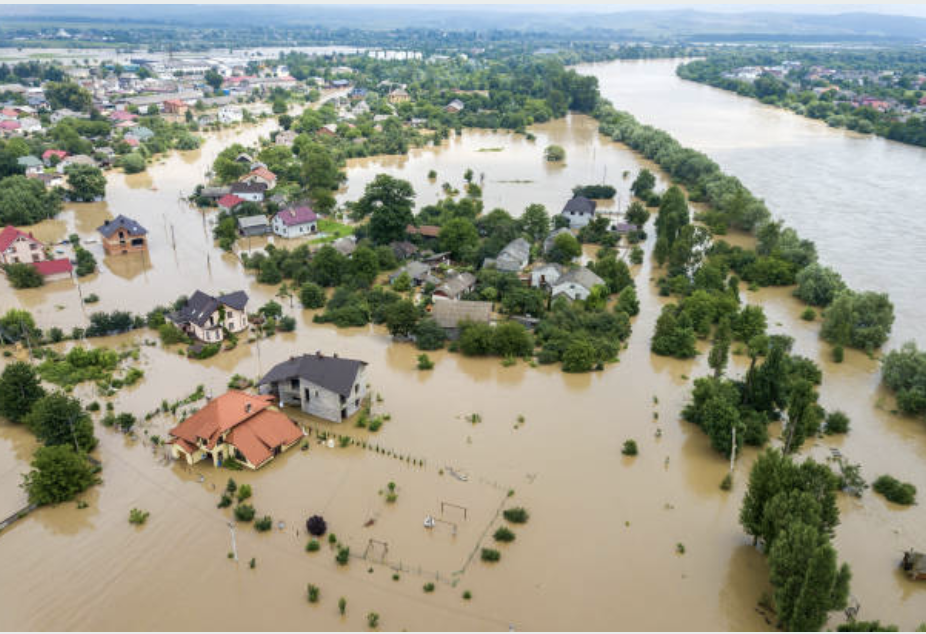
- Weather systems are complex and classical compute methods struggle to capture system intricacies. Small errors in models can lead to significant divergences in forecast outcomes.
- Quantum-classical computing offers a promising avenue due to its ability to process vast amounts of data in parallel, making it well suited for modelling chaotic systems.
- A non-profit research corporation, and international bank are exploring a flexible hybrid quantum-classical algorithm and testing it on low-dimensional proxy problems related to weather and climate.

Katy Alexander
MARKETING DIRECTOR
Katy is the Marketing Director at OQC. Prior to joining OQC, she developed and scaled marketing and analytics functions for startups and large listed companies. Passionate about using data to guide strategic decisions, Katy’s unique blend of analytical rigour and creative expression enables her to tackle diverse challenges effectively. In her spare time, she champions diversity in STEM through the creation of games and education resources for primary schools.

In 2022, the global weather forecasting market reached a value of USD 2.39 billion, with projections indicating a Compound Annual Growth Rate (CAGR) of over 6% in the next six years. This growth is primarily driven by the escalating demand for accurate forecasts amidst unpredictable climate conditions and energy transitions. A large proportion of the forecasts relate to precipitation forecasting.
Forecasting precipitation is vital to businesses and industries worldwide who need to leverage forecasting solutions to optimise operations and proactively manage risks associated with weather-related impacts. In our recent case study, Hybrid Quantum Reservoir Computing is explored to solve these challenges.
The global weather forecasting market is projected to grow at a CAGR of over 6% in the next six years.
The limitations of current forecasting methods
Weather prediction is uncertain due to the chaotic behaviour in atmospheric dynamics. This is why chaotic systems are important given their prevalence in phenomena like climate patterns, weather dynamics, and financial markets. Forecasting these chaotic systems is a challenge in computational science due to the complexity of their behaviour, with small errors in initial conditions or model parameters leading to significant divergences in forecast outcomes.
Hybrid Quantum Reservoir Computing (HQRC)
Quantum computing holds potential, but its current practical applications are constrained by hardware limitations and the complexity of real-world datasets. With this in mind an independent nonprofit research corporation and international bank were interested in exploring the potential of a flexible hybrid quantum-classical algorithm that could adapt to the capabilities of existing quantum computers while maintaining the ability to process the vast amounts of data required for accurate forecasting. They set out to build a HQRC that has adjustable structure to fit requirements of current hardware and test it on low-dimensional proxy problems related to weather/climate.
Weather systems are inherently complex, with numerous variables interacting in nonlinear ways. Classical compute methods often struggle to capture the intricacies of these systems accurately due to the high computational demands required to achieve predictability.
What is Reservoir Computing (RC)?
It is an alternative for chaotic system modelling as it analyses temporal data, particularly in the context of sequential prediction and pattern recognition tasks. Its quantum counterpart, Quantum Reservoir Computing (QRC), explores disordered dynamics within a quantum framework. From weather forecasting to financial market analysis, understanding and predicting complex, chaotic behaviour is crucial for decision-making and planning across a wide range of fields.
One example often cited is the Lorenz63 chaotic model. The Lorenz63 model is a simple mathematical representation of chaotic behaviour in a system. Proposed by Edward Lorenz in 1963, the model has three variables that change over time in unpredictable ways. Reservoir computing algorithms, including HQRCs, utilise the Lorenz63 model as a standard benchmark for evaluating performance in predicting chaotic dynamics. By training a RC model on observations of the Lorenz63 system’s state variables, it is possible to assess the models ability to accurately forecast future trajectories and capture the system’s chaotic behaviour. The modular structure of a HQRC means that it is customisable to meet requirements of currently existing hardware. Results [arXiv:2311.14105] demonstrate the algorithm’s ability to provide short- and long-term predictions of chaotic dynamics.
The team tested the HQRCs in a proof-of-concept experiment on OQC Lucy. The obtained results match noiseless simulations for the setup with reduced noise levels and 10,000 shots per measurement.
This paves the way for exploration of more complex implementations of the HQRC and scaling the architecture to tackle higher-dimensional problems with OQC Toshiko’s chip that can host substantially more qubits. They have also identified that a production grade HQRC would require smaller latencies and further optimization of the code.
Join our newsletter for more articles like this
By clicking ‘sign up’ you’re confirming that you agree with our Terms & Conditions


